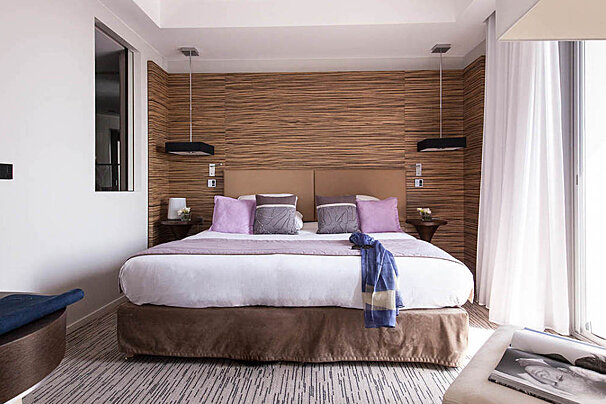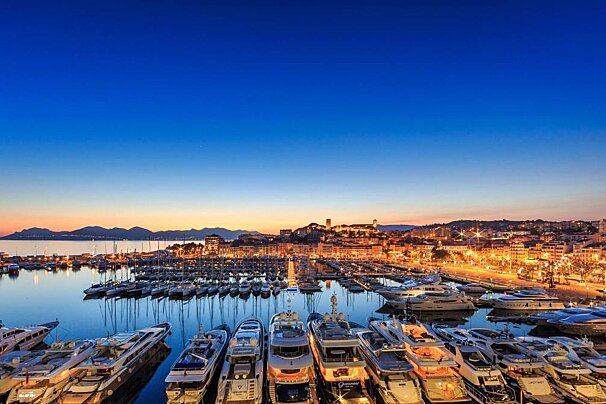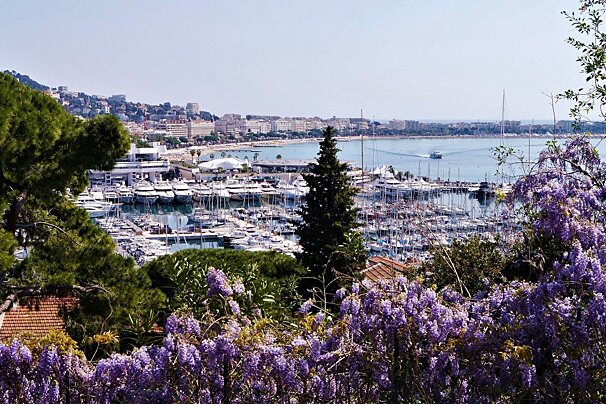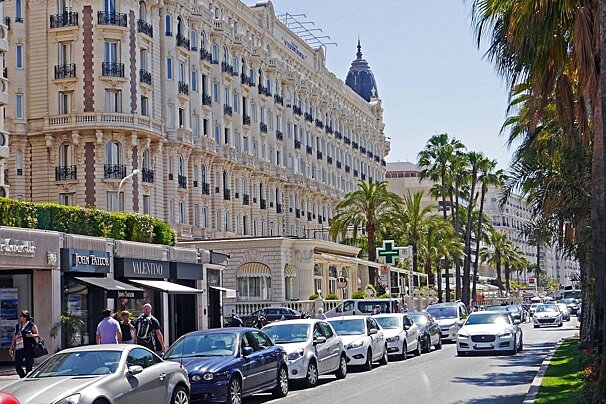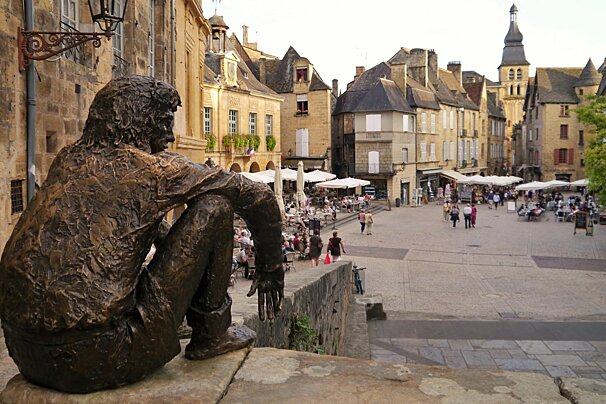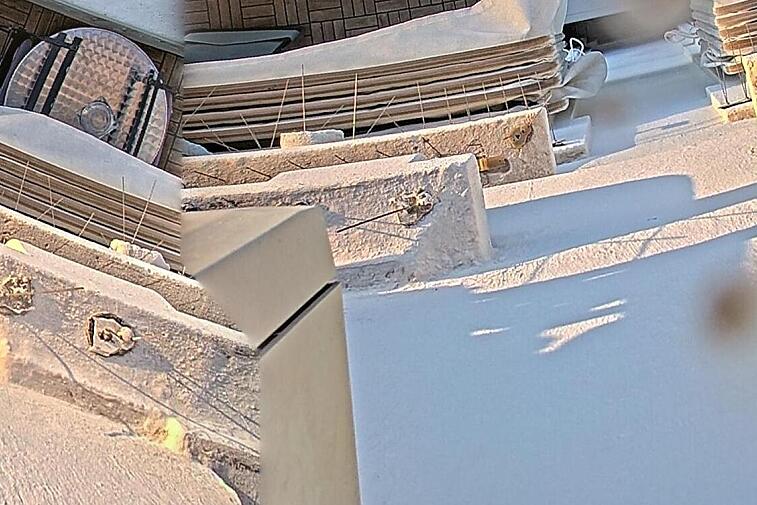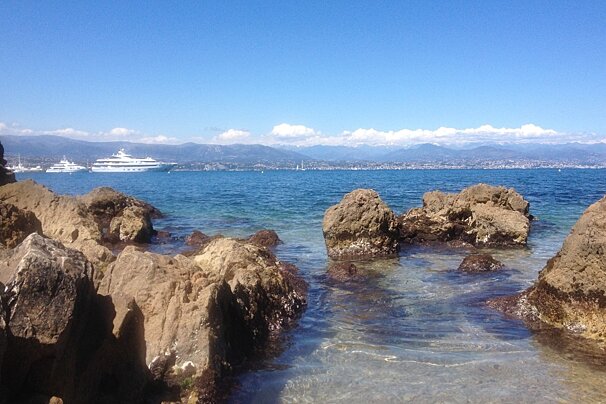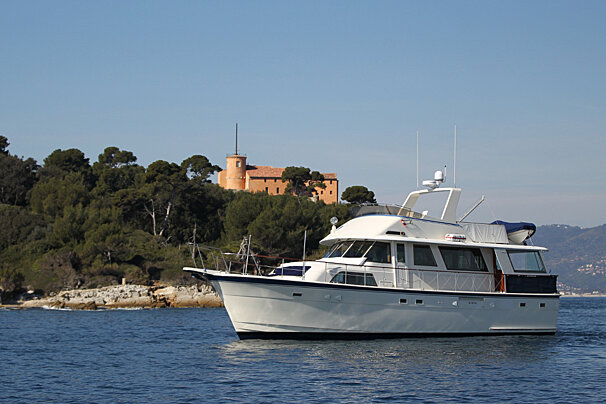
Henri Matisse
A long term resident in the city of Nice
As is the case with many of the great artists and writers who found their way to the French Riviera, Henri Matisse’s life was shaped by three things: sickness, light, and a willingness to disappoint his father.
The story goes that Matisse was on track to be a lawyer when his mother gave him a set of paints to pass the time as he recovered from a bout of appendicitis in 1889. The rest, as they say, is history. His father was bitterly disappointed at the change of career, although no doubt somewhat consoled when his son rose to be considered one of the greatest artists of the 20th century.
Sickness would again play a defining role in Matisse’s life in 1917 when an attack of pneumonia sent him from cold Paris down to the warm sunny climes of the French Riviera to recuperate. Matisse would fall in love with the area and spend most of his life there, initially in old town Nice and the then the suburb of Cimiez, where he died in 1954. He was said to cut a strange figure indeed, a man in his fifties dressed in formal clothing canoeing endlessly around Nice port, although as he aged and cancer took its toll he took instead to walking around the Roman ruins and olive groves in Cimiez.
Like the other artists, the light of the Riviera- that mythical, ethereal light-would enchant him.
“When I realised that I would see this light again every morning,” he wrote, “I couldn’t believe how lucky I was.” When he wrote of the sea, “It is the blue of sapphires, of the peacock’s wing, of an Alpine glacier, and the kingfisher melted together. And yet, it is none of these, for it shines with the unearthly radiance of Neptune’s kingdom … it gleams, it is translucent, it shines as if it were lit up from below.”
The Cote d’Azur was his muse, in that she inspired him to paint in new ways, but she was not his subject, or at least not her physical geography, her towns and rocky headlands. Matisse tended towards still lifes and interior scenes, perhaps with a odalisque- a Turkish concubine- sitting on a bed or leaning indolently by a window.
When one looks at Paul Signac’s works, for instance, one can see the Riviera everywhere, yet Matisse, for all his love of the coastline, rarely painted it- the city of Nice sneaks into view at times in the edge of a painting, through an open window- or even once in a streetscape of the Battle of the Flowers parade that Queen Victoria had so loved on her visits here.
The light of the Riviera is credited with bringing a new colour and vibrancy to his work-as it is credited as doing the same for the work of his friend Picasso, also resident on the Riviera and one of Matisse’s friendly rivals. There was a strong artist’s community in the South at this stage- Matisse also spent time with George Seurat, Paul Signac and Pierre-August Renoir, who lived in nearby Cagnes sur Mer.
Matisse’s path to greatness was not smooth, for it rarely is. To be a genius one must innovate, and it seems that innovation in art often really pisses people off. Matisse was considered one of Les Fauves- ‘the wild beasts’ for his use of colour and bold moves away from the style of Impressionism which held sway in those days. One critic of his exhibition, which included Matisse’s wonderful ‘A Woman with the Hat’ angrily put it that ‘a pot of paint has been thrown in our faces’. However, Gertrude, Leo, and Sarah Stein-that great family of art patrons- bought and exhibited his work, and increasingly his work was respected as one of the great examples of Fauvism, Modernism and Neo-Impressionism.
As his abdominal cancer progressed and he became too weak to walk and paint, Matisse took to creating colourful decoupage (collages) while bedridden. They began small, which can be seen in a book called ‘Jazz’, but grew in size until huge colourful designs of birds and sea creatures were pinned all over the walls of his room.
During this time of illness he also designed the stained glass windows and other features of the Chapelle du Rosaire de Vence, despite being an atheist. He did this as a thankyou to his great friend, muse and nurse, Monique Bourgeois- who had joined the nunnery and had by that stage become Sister Jacques-Marie. Matisse said about the work, “Despite its imperfections, I consider it my masterpiece”, and it is indeed a wonderful thing to behold.
There are several tours of Nice and regular exhibitions focussed on Matisse’s life and work, and anyone with even a glimmer of interest in the master must visit the Musée Matisse Nice in Cimiez, just opposite the cemetery of the Monastère Notre Dame de Cimiez where he walked each day, and was finally buried in when he died of a heart attack at the age of 84.









